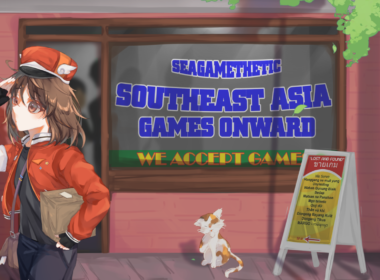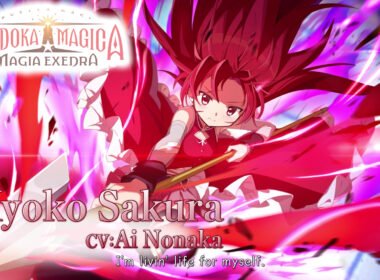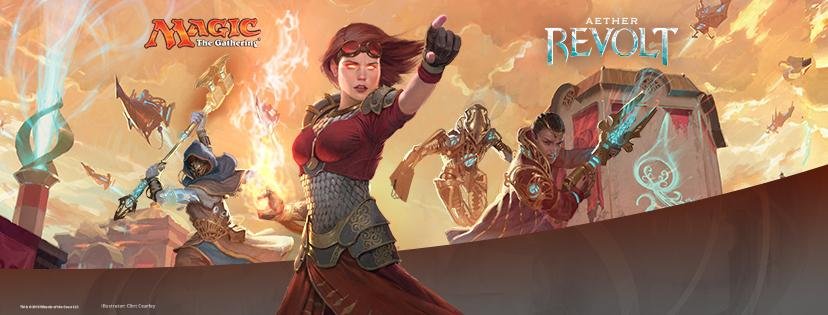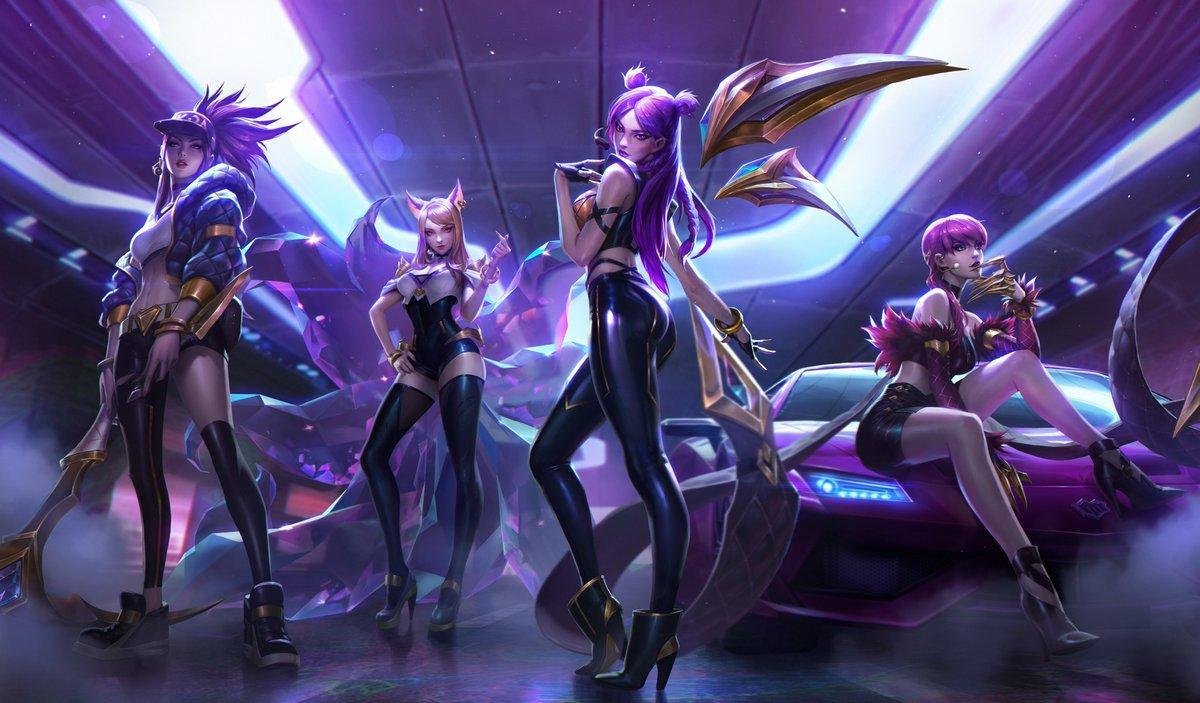Welcome back spell casters!
Today, I will be continuing on my article on deck design philosophies, going into the second approach which is the Bottom-Up approach. For those who have not read my previous article on the first design approach which is the Top-Down approach, or if you just need to refresh on it, you can find the article here.
The Bottom-Up approach is the opposite of the Top-Down approach. Instead of having a big picture, you take certain details, something that you like or have an attachment on, and build from there. It is taking something into consideration and asking yourself, what can I do with this? This can be done in deck building and the most obvious method is to take a card that you find interesting, and build a deck around said card. It doesn’t have to be one card, but could be a number of cards that you think may work together that you want to play with.
You might choose the cards that you want to play with for various reasons. Maybe it’s in the colour that you like best (I personally like Green), or maybe because the cards hold sentimental value, or maybe the card you have chosen seems strong and you would like to have a go at playing it. It is best to choose a card you are most attracted to play with as these cards will be the core of the deck. Later on, it it will be easier to make changes to the deck without changing the core, as it is the card(s) you still want to play with.
After deciding on the cards, it is best to evaluate the cards and what type of play style that it would fit into. Unlike the other approach (Top Down), the cards chosen usually dictates the play style you are locked into. The creatures or spells chosen usually suits a certain play style better and it is best to adhere to that play style. For instance, a spell that draws you a lot of cards would suit a control play style better while creatures that are cheap and efficient would suit an agro play style better.

Now that you’ve figured out the play style and the few cards you want to play with, you have decided the core of the deck. The core of the deck usually does not change much except for a few that would be replaced with better cards. The final step are the cards that will be chosen to complement and help the few chosen core cards. This could be done in few different ways and depends on the core cards following the different play styles.
For the core cards that mostly suit control play style, be it a big spell or big creature, it is best to choose cards that will help you cast these cards, either because it requires a high amount of mana to cast them or that the cards need to be protected once cast. The cards that suit the play style would be counter spells or protection spells that protect the core cards.
For the agro play style on the other hand, it would be best to pick cards that would complement the core cards. For instance, if the core cards are small efficient creatures, it would be best to pick cards that are protect spells, buff spells (spells that increase the strength of the creatures) or even spells that remove blockers to allow your creatures to smack the opponent. The same applies if the core cards are spells, be it buffs or protects, it is best to choose creatures that are efficient and work better with the core cards.
There is also the combo oriented play style, where for instance, the core cards are combo cards that win you the game. It is best to pick and choose cards that allow you to draw or search for the core cards. Other spells that could be considered are spells to protect the core cards so that the combo can be pulled off without any resistance.
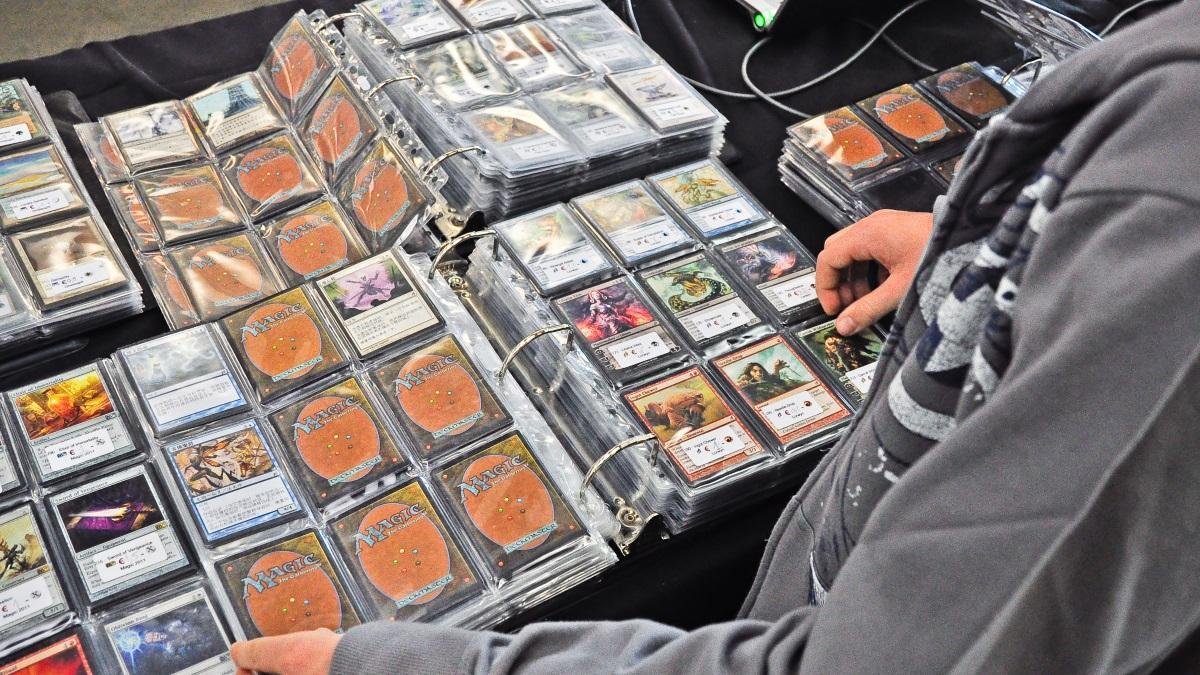
Let’s have an example scenario of deck building using this style: Larry loves playing cards that work together in tandem that produce big effects and has chosen a few core cards that are combo oriented. The three cards when working together could win him the game on the spot and he knows that if he pulls it off without resistance, he would win hundred percent of the time.
After picking his core cards, he starts to build his deck. He already knows the colours he wants to play with, the colours of the core cards, which is Blue. Since it is only one colour, he can broaden up to another colour or two and hence decided to go with black. Now that he has his colours, he can look up cards in those colours and begin to sift through to find cards that would help his core cards.
He picks up a few cards to draw and search for the core cards. Once satisfied with the amount he begins to think that he might need to stay alive until he can pull off his combo, therefore he begins to look for cards to protect himself, and begins to pick up some kill spells. Next, he thinks that he needs to pull of the combo without any resistance, so he begins to look for cards to protect the combo and have chosen a few counterspells. Finally he has his deck which consists of his core cards, and the other cards that work together and helps his core cards.
Notice that unlike the Top-Down approach, this approach starts small with few cards, and widen the view to look for cards to help these few cards. These in essence is the Bottom-Up approach.
Hopefully, you understand a little more on deck building 101 and begin to experiment with deck building. There are other methods and ideas to deck building but lets save it for next time. Till then, I hope with the lessons, you will be able to build your own winning deck and have some fun!


